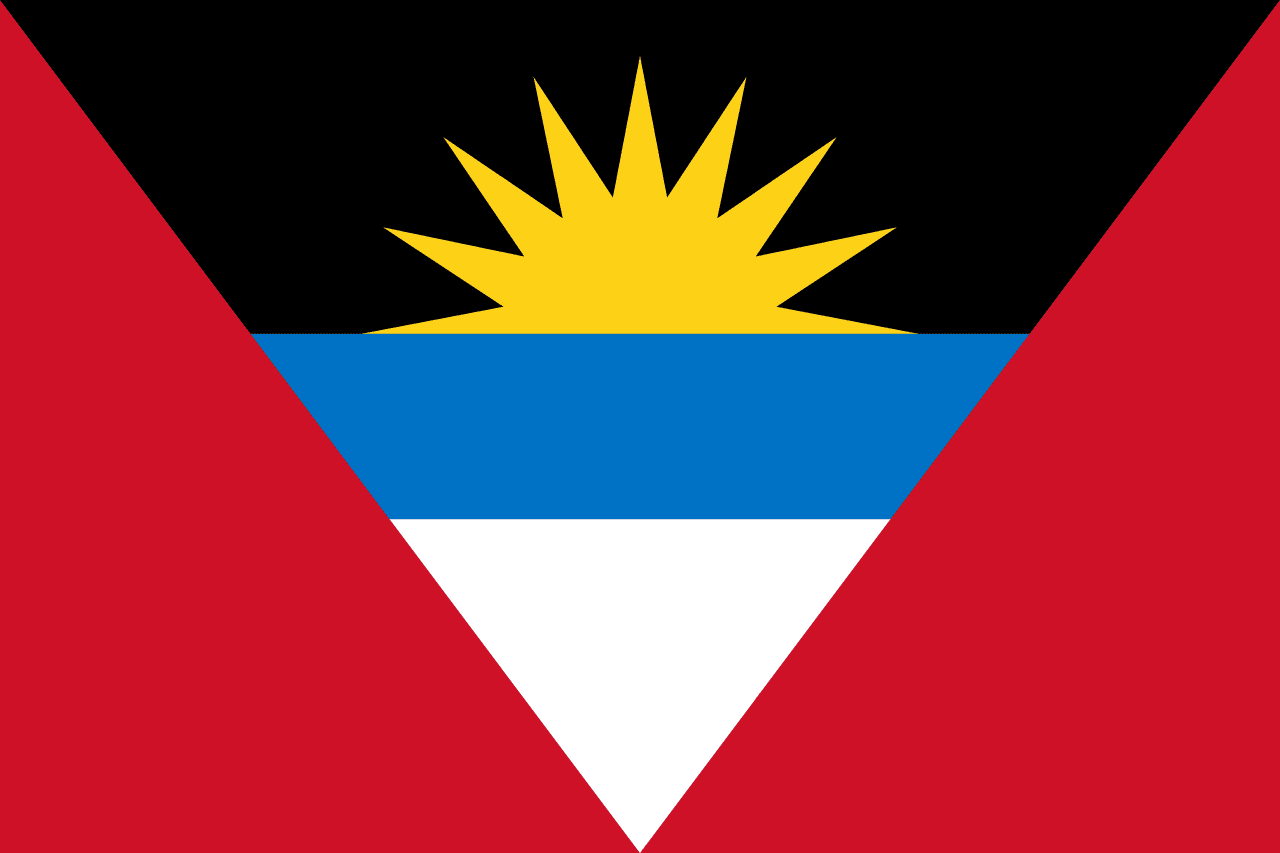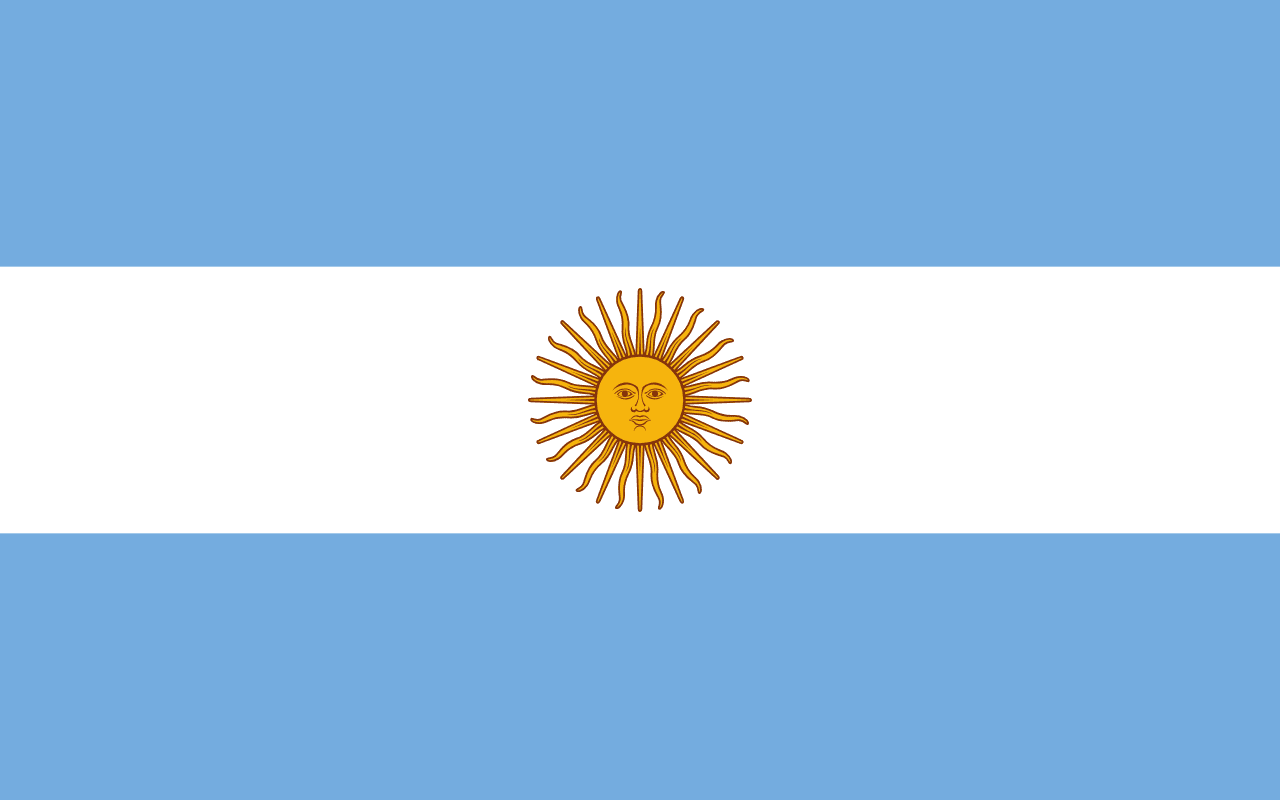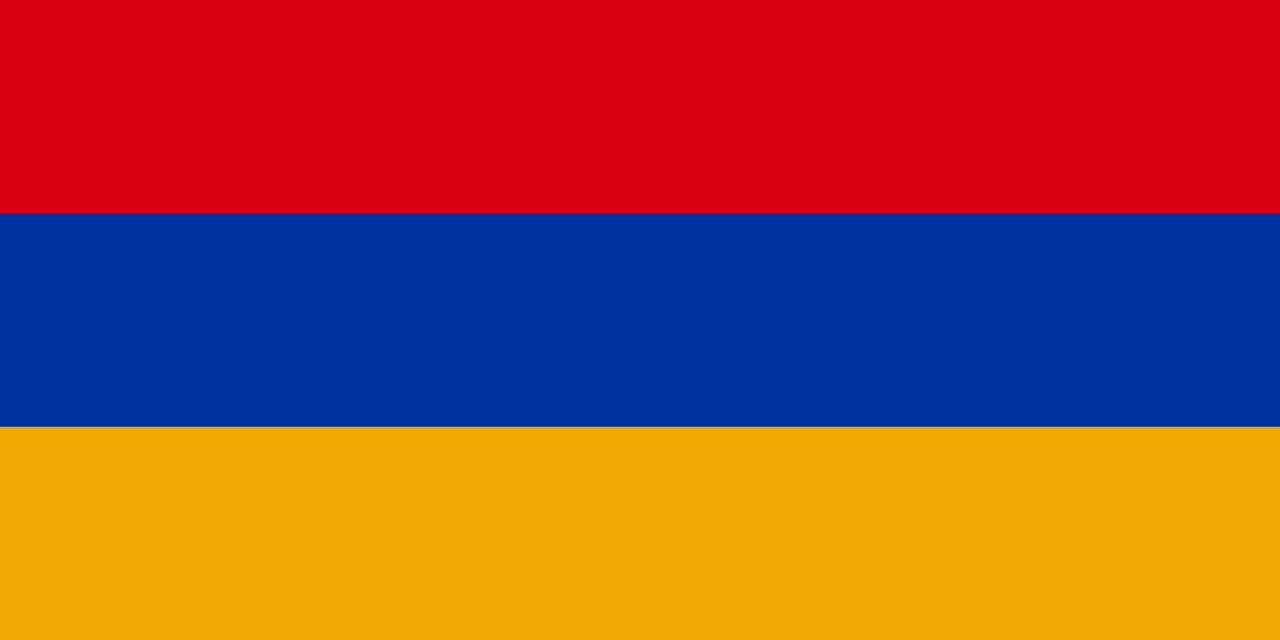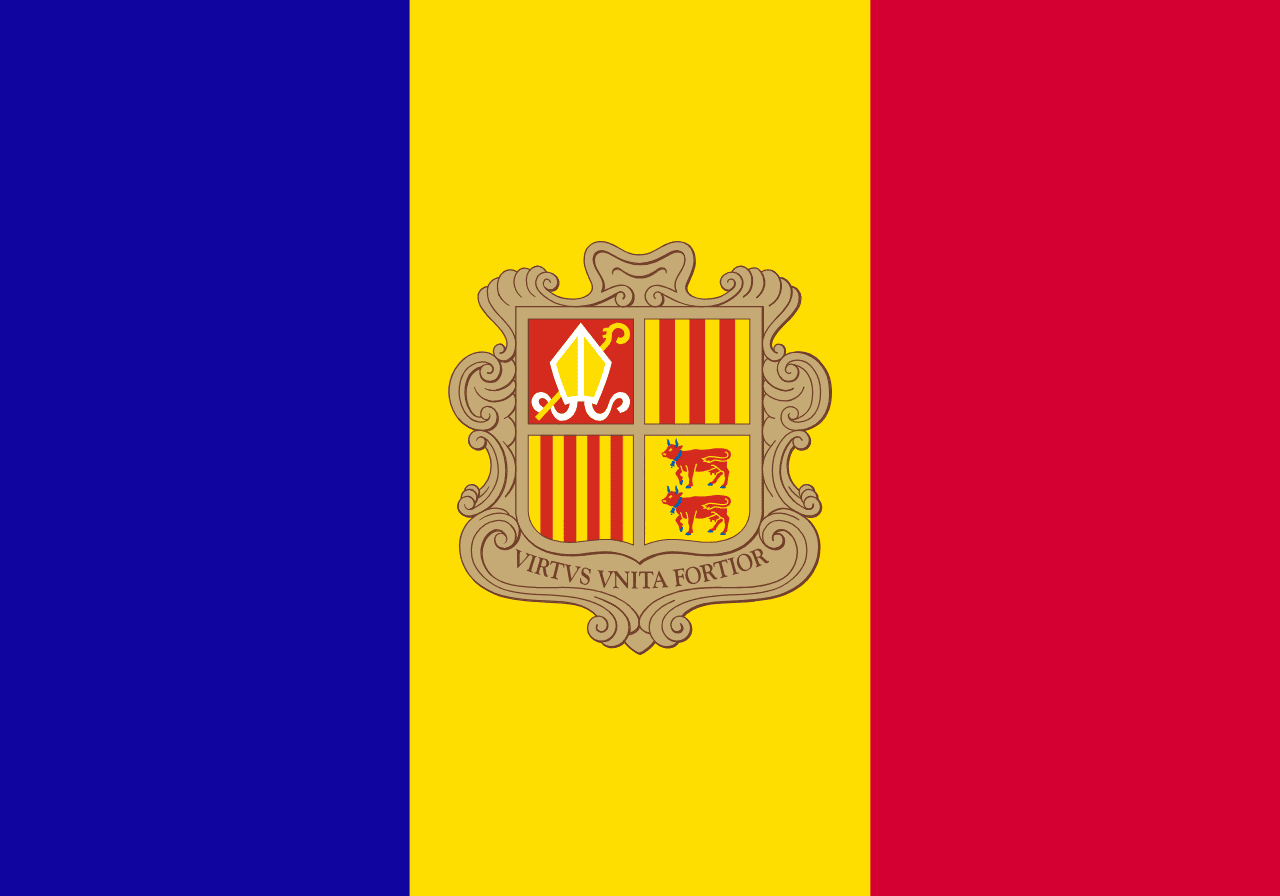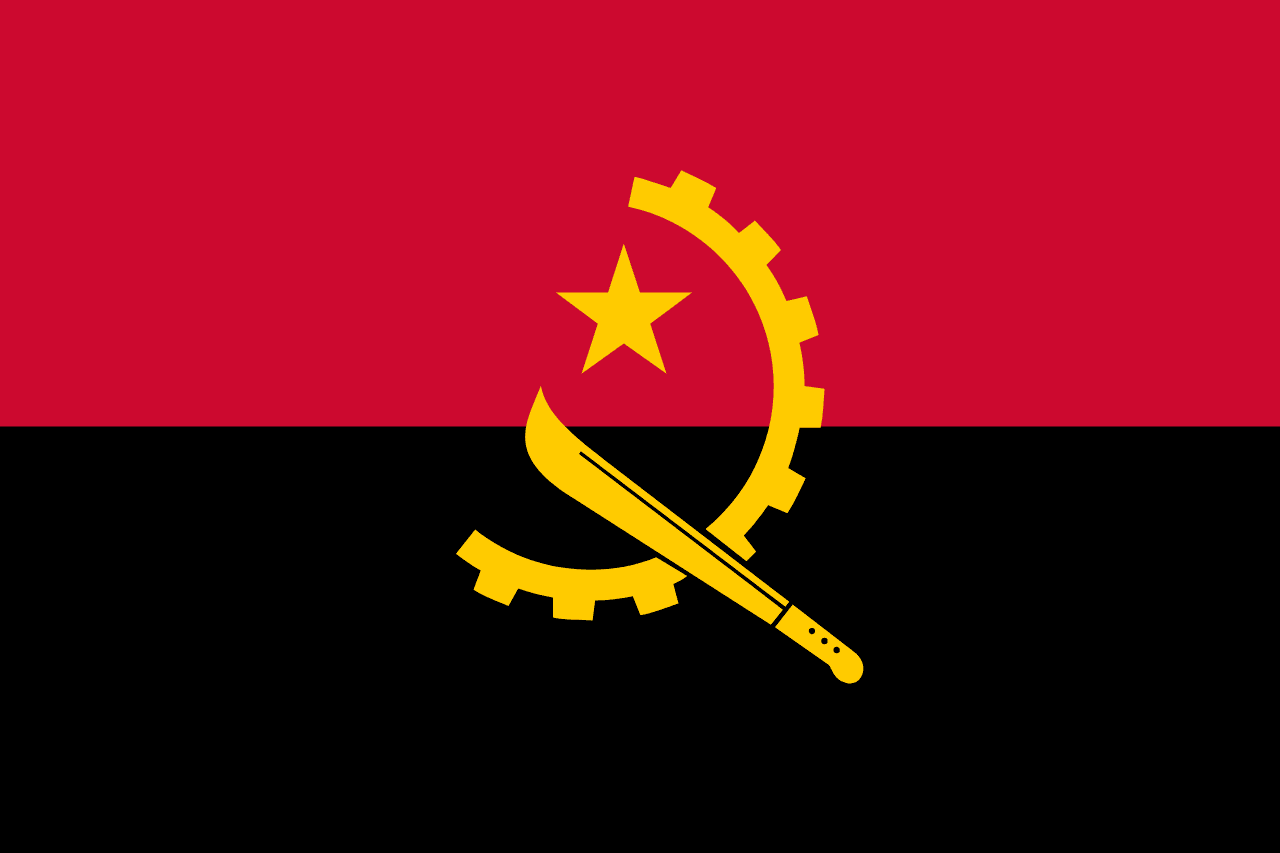The flag of Anguilla is a distinctive emblem that beautifully captures the island's rich history, cultural identity, and status as a British Overseas Territory. It features a Blue Ensign with the Union Jack prominently displayed in the upper hoist-side quadrant (canton). In the fly, set against a white field, is the Anguillan coat of arms, which showcases three graceful orange dolphins arranged in a circular pattern. This unique design encapsulates Anguilla's British heritage, its maritime culture, and the values cherished by its people.
Anguilla information
| National Flag Day | May 30 |
| Sovereign state | No (British Overseas Territory) |
| Official name | Anguilla |
| Capital | The Valley |
| Population | 14,869 |
| Area | 91 km² |
| Currency | Eastern Caribbean dollar (XCD) |
| Language | English |
| Continent | North America |
| Region | Caribbean |
| Subregion | Lesser Antilles |
| Borders | — |
| Timezone | America/Anguilla (AST) UTC-4 |
| Calling code | +1-264 |
| Top-level domain | .ai |
History and Evolution of the Anguillan Flag
 The current flag of Anguilla was officially adopted on May 30, 1990, marking a significant milestone in the territory's journey towards greater autonomy and recognition. However, the path to this design was long and marked by several changes that reflect Anguilla's complex political history.
The current flag of Anguilla was officially adopted on May 30, 1990, marking a significant milestone in the territory's journey towards greater autonomy and recognition. However, the path to this design was long and marked by several changes that reflect Anguilla's complex political history.
Prior to 1967, Anguilla used the Union Jack as its official flag, being part of the British colony of Saint Christopher-Nevis-Anguilla. In 1967, following a unilateral declaration of independence from the associated state of Saint Kitts and Nevis, Anguilla briefly used a flag with two mermaids supporting a shell. This "mermaid flag" symbolized the island's desire for autonomy but was never officially recognized.
From 1969 to 1980, Anguilla used a light blue ensign with a white disc containing two mermaids. In 1980, this was replaced with a white ensign featuring the coat of arms, which remained in use until 1990. The adoption of the current flag in 1990 coincided with Anguilla's new constitution, which formalized its status as a separate British Overseas Territory.
Symbolism and Design of the Anguillan Flag
Every element of the Anguillan flag is rich in symbolism, reflecting the island's history, culture, and aspirations:
- The Blue Ensign serves as the flag's background, symbolizing the sea that surrounds Anguilla and its maritime heritage.
- The Union Jack in the canton represents Anguilla's status as a British Overseas Territory and its historical ties to the United Kingdom.
- The white field in the fly symbolizes peace, tranquility, and the island's famous white sand beaches.
- The three orange dolphins arranged in a circular pattern form the centerpiece of the coat of arms. They represent:
- Friendship: Reflecting the welcoming nature of Anguillans and their commitment to hospitality.
- Wisdom: Symbolizing the intelligence and foresight of the Anguillan people.
- Strength: Representing the resilience and endurance of Anguillans in the face of challenges.
- The circular arrangement of the dolphins symbolizes continuity and the unity of the Anguillan people.
- The choice of orange for the dolphins is believed to represent endurance and the island's year-round warm climate.
Usage and Significance of the Anguillan Flag
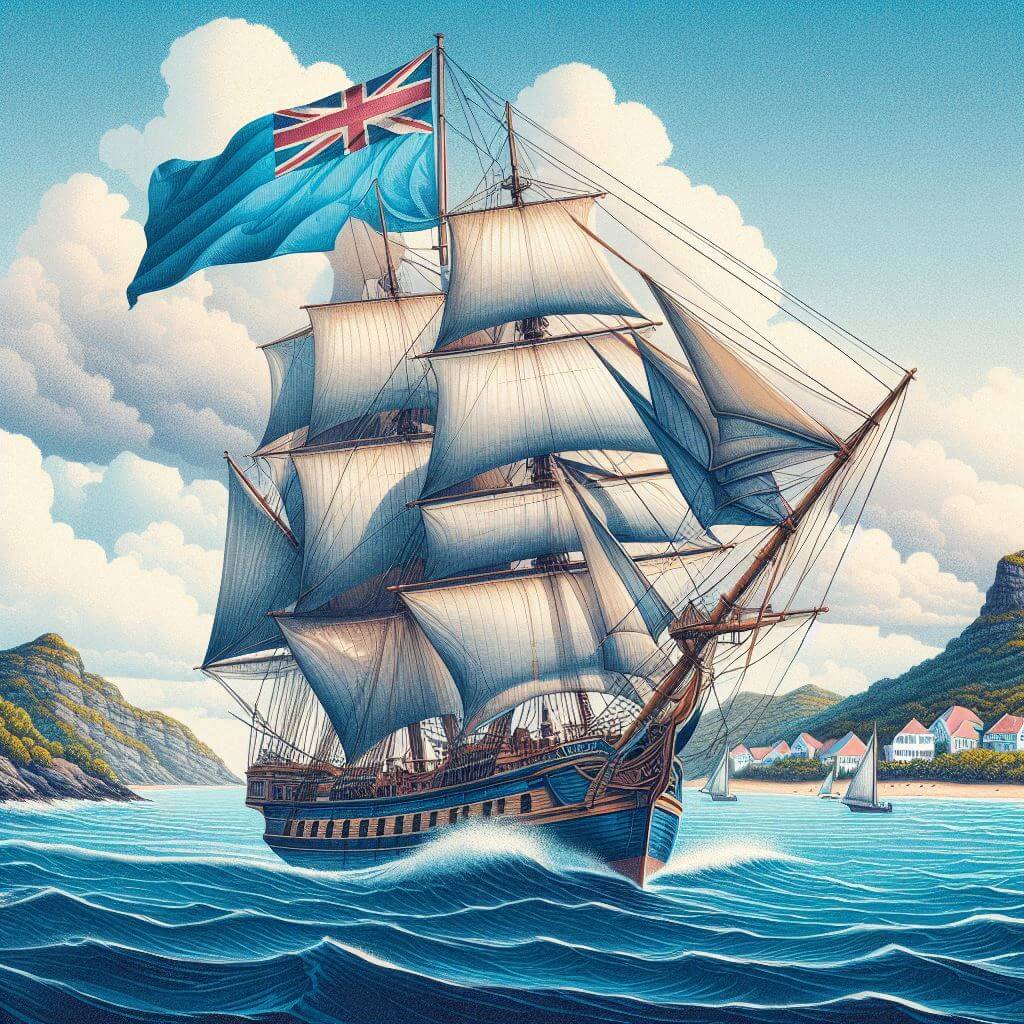 The flag of Anguilla serves as a powerful symbol of national identity and pride. It is prominently displayed on government buildings, schools, and public institutions across the island. During national holidays, such as Anguilla Day (May 30) which commemorates the island's separation from Saint Kitts and Nevis, the flag takes center stage in celebrations, parades, and official ceremonies.
The flag of Anguilla serves as a powerful symbol of national identity and pride. It is prominently displayed on government buildings, schools, and public institutions across the island. During national holidays, such as Anguilla Day (May 30) which commemorates the island's separation from Saint Kitts and Nevis, the flag takes center stage in celebrations, parades, and official ceremonies.
In international contexts, the Anguillan flag represents the territory at regional Caribbean events, sports competitions, and cultural festivals. While Anguilla is not a member of the United Nations, its flag is recognized in various international forums where British Overseas Territories are represented.
The flag also plays a significant role in Anguilla's tourism industry, often featured in promotional materials as a symbol of the island's unique identity and warm hospitality. Many visitors to Anguilla purchase miniature versions of the flag as souvenirs, further spreading awareness of Anguilla's distinct cultural heritage.
Interesting Facts About the Anguillan Flag
- Anguilla's flag is one of the few national or territorial flags to feature dolphins, making it easily recognizable among world flags.
- The design of the Anguillan coat of arms was created by Reverend Dr. Ivan Stoutt, a local historian and artist.
- Despite changes in Anguilla's political status over the years, the dolphin motif has remained a constant symbol of Anguillan identity since the 1960s.
- The flag's unique combination of British symbolism and local Anguillan elements makes it a perfect representation of the island's dual heritage.
- In Anguillan culture, the three dolphins are sometimes referred to as the "three wise dolphins", emphasizing their symbolic representation of wisdom.
- The Anguillan flag is often flown alongside the Union Jack and the Queen's Personal Flag on special occasions, highlighting Anguilla's constitutional relationship with the British Crown.
